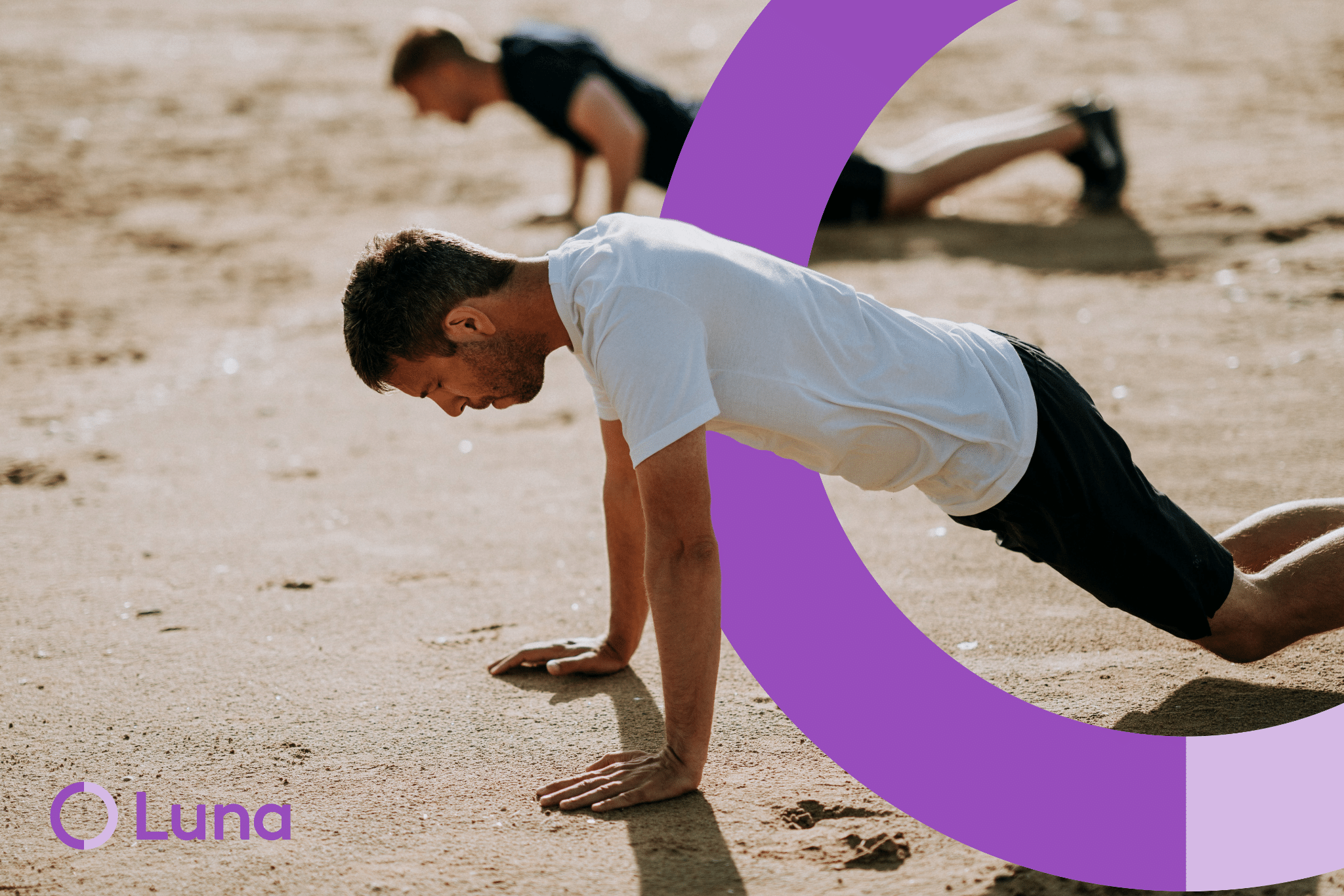Hip Replacement Therapy: Your Best Outcome is an Exercise Away

Disruptive and debilitating, hip pain is a common condition that affects your daily life and worsens with age. The hip is a ball-and-socket joint that includes the femoral head (ball) and the acetabulum (socket), surrounded by cartilage, muscle, and ligaments that cushion the joint as you move.
Excessive wear and tear on your hip damages and tears the surrounding padding, leading to mild to severe pain. Whether it be from a recent injury, osteoarthritis, tendonitis, or even a labral tear, if you allow chronic pain in your hip to persist, it may lead to the need for hip replacement surgery.
What to expect from hip replacement recovery
Hip replacement is one of the most common elective surgeries performed in the U.S. with 450,000 surgeries done every year. Every patient is different, but typically you can expect the recovery to last from three to six weeks with a proper treatment plan.
Regular exercise is highly recommended after a hip replacement to focus on restoring your body’s strength and hip mobility. Physical therapy is a great way to ease pain and gradually get you back to your regular activities. Strengthening and functional training exercises will give you the best results in lessening your hip pain, but you should always check with your physical therapist before performing a new exercise or activity.
Best physical therapy exercises for hip pain and recovery
Your recovery from hip replacement shouldn’t feel like an ongoing battle for regaining function and you shouldn’t feel like you have to live with constant pain in your hip.
Here are a few of the best physical therapy exercises you should do to manage your hip pain after a hip replacement:
Lying down:
- Ankle Rotations - Slowly ease your foot to the left and the right, moving your ankle inward toward the other foot and then outward in the opposite direction.
- Heel Slides - Bend your knee and slide your heel up towards you. If you have difficulty, you can use a bed sheet hooked onto your heel to slide easier.
Seated:
- Knee Flexion - Starting with your feet flat on the floor, slide one foot back underneath your chair and hold for five seconds, then slide it forward into a neutral position.
- Knee Extension - Slowly raise and straighten your leg completely, then bring it back down into a neutral sitting position.
Standing:
- Knee Raise - Lift your leg toward your chest, being sure not to raise it higher than your waist, then ease it back to the floor.
- Hip Extension - Lift your leg backward, keeping your back straight, and hold for three seconds, then slowly move your leg back to the floor.
Functional exercises:
- Sit to Stand - Ensure to keep equal weight on both feet when lowering to sit on a chair. Higher chairs are easier right after surgery. Practice sit to stand and stand to sit exercise.
- Walking - Gradually increase your walking distance within 24-48 hrs after surgery. Walk with a good heel toe pattern and ensure good weight shift on the side of surgery. Perform within pain limits.
Safely treat your hip pain at home with Luna
Chronic hip pain makes enriching your life with the things you love a constant struggle. As you recover from hip replacement surgery, or even if you’re beginning your journey to ease your pain, physical therapy helps you heal faster and gives you peace of mind knowing a pain-free life is possible.
At-home physical therapy with one of our board-certified Luna therapists puts you at ease to heal in your own space and gives you the confidence you need to complete the course of care. Contact us today if you or a loved one are recovering from hip replacement surgery or experiencing chronic hip pain.




